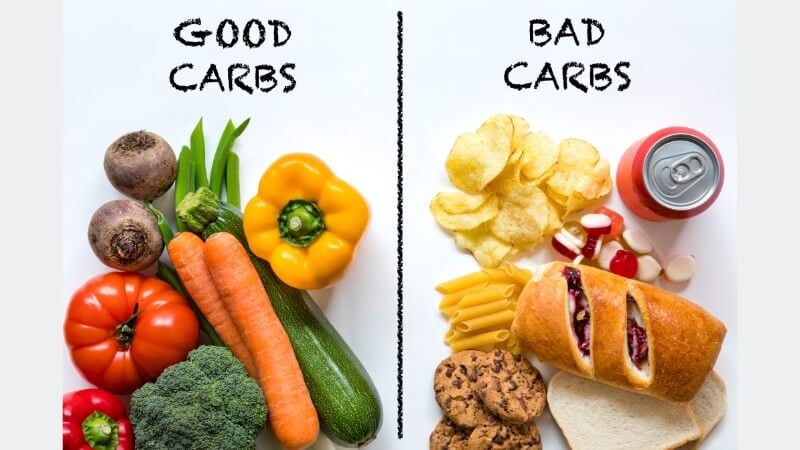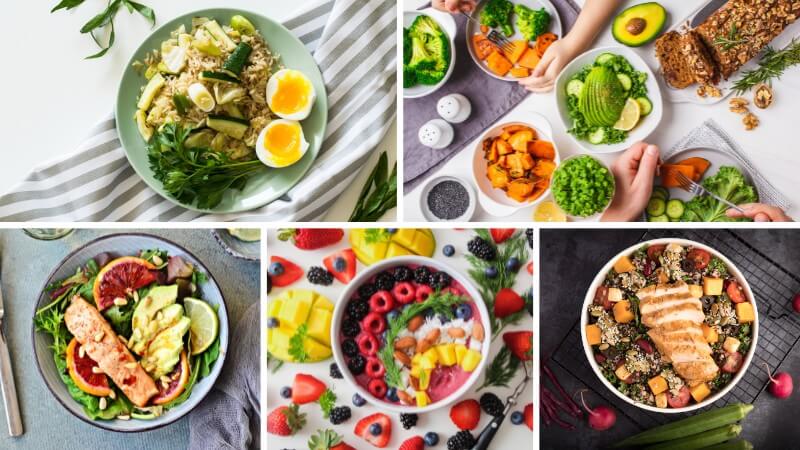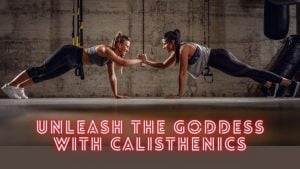Pros & Cons
Pros
- sadasdasda
- asdasda
- asdasdasd
- asdasdasda
Cons
- asdadsasd
- asdasda
- asdasdas
Bottom Line
Food and nutrition are just as important as the exercise itself, if not more so. Calisthenics is a form of resistance training, similar to weight training. They both strain the muscles and joints in a way that replenishing the necessary nutrients is essential for recovery and progress.
Simple Calisthenics App
Pros & Cons
Pros
Cons
Bottom Line
There is no special diet required for calisthenics. The type of meals, the amount, and their composition will depend on your fitness goals and biology. There are slight modifications needed based on whether you want to gain weight (gain muscle mass i.e. bulking) or cut fat (i.e. shredding) but the general rules of a good diet for calisthenics are constant.
Caloric surplus vs. caloric deficit
The most important thing to get right is the overall calorie intake. It is directly correlated with whether you lose or gain weight. As a starting point, you will need to determine how many calories you burn. It’s quite tricky to calculate accurately but almost all fitness trackers will give you an estimate based on your heart rate, age, weight, height, and gender. If you don’t have a tracker you can also use a free online calculator.
To lose fat, you need to create a caloric deficit, meaning you consume fewer calories than your body burns. After determining your daily caloric needs for weight maintenance aim for a moderate deficit of around 500-750 calories per day. The key is to develop an approach that promotes sustainable weight loss.
To support muscle growth, you need to consume more calories than your body burns. This surplus provides the energy needed for muscle repair and synthesis. Aim for a moderate caloric surplus of around 250-500 calories per day above your maintenance level. If you go way above this you will risk gaining more fat than necessary.
Eat enough protein
The recommended amount of protein for an active athlete is between 1.5-2g of protein per body kilogram or 0.5-1g per pound. It’s not only important for bulking but also for maintaining lean muscle.
Protein helps preserve muscle
High protein intake supports muscle preservation. Protein provides the necessary amino acids for protein synthesis, which is the process of building new muscle tissue. During calorie restriction, there is a risk of losing muscle mass along with fat. The amino acids contained in protein mitigate this by providing the necessary ingredients for muscle repair and maintenance. In addition, muscle tissue is more metabolically active than fat tissue, meaning that it requires more energy (calories) to sustain itself.
Protein boosts metabolism
An additional benefit of protein is that it helps maintain a higher metabolic rate which can aid long-term fat loss. This is due to the increased thermic effect of food (TEF) which refers to the energy expenditure associated with the digestion, absorption, and processing of nutrients. Protein’s TEF is higher compared to carbs and fats so by consuming more protein you can burn more calories.
Protein-rich foods make you feel fuller for longer
Protein-rich foods are generally more filling and can help you feel satisfied for longer periods. This can help control hunger and reduce the overall calorie intake, making it easier to create a calorie deficit necessary for fat loss.
Don’t forget the other macronutrients

Carbohydrates are the primary energy source for the body
They provide the fuel needed for physical activity, including endurance or strength training. When it comes to weight loss, controlling the amount and type of carbohydrate intake can be crucial. Reducing refined and processed carbohydrates and focusing on complex carbohydrates (such as whole grains, fruits, and vegetables) can help stabilize blood sugar levels, control hunger, and provide sustained energy throughout the day. Adequate carbohydrate intake is also essential for muscle building, as it helps replenish glycogen stores and helps maintain optimal energy levels during workouts.
Fats are good
Healthy fats, such as monounsaturated and polyunsaturated fats (e.g. omega-3 fatty acids), are essential and aid both weight loss and muscle building. Fats provide energy, support hormone production, help absorb fat-soluble vitamins, and contribute to cell structure and function. Including moderate amounts of healthy fats from sources like avocados, nuts, seeds, fatty fish, and olive oil can help promote satiety, regulate appetite, and enhance nutrient absorption. While fats are energy-dense, they are necessary for a balanced diet when consumed in appropriate portions.
Eat whole foods
Whole foods are unprocessed or minimally processed foods that are as close to their natural state as possible. They are often characterized by their intact nature, meaning they have not undergone significant alterations or refining processes. Whole foods are typically free from additives, artificial ingredients, and excessive processing.
Whole foods are not only great sources of protein but can also boost your energy levels and can serve as a natural alternative to pre-workout supplements.
Examples of whole foods include fruits, vegetables, whole grains, legumes, nuts, seeds, lean meats, and fish. They are rich in vitamins, minerals, fiber, and other beneficial compounds that are essential for our health.
Example post-workout meals from whole foods

- Grilled chicken breast with sweet potatoes and steamed vegetables: Grilled chicken breast provides lean protein, sweet potatoes offer complex carbohydrates for energy replenishment, and steamed vegetables provide essential vitamins, minerals, and fiber.
- Quinoa salad with mixed vegetables and chickpeas: Quinoa is a complete protein source and serves as a great base for a post-workout salad. Add a variety of colorful vegetables like bell peppers, cucumbers, cherry tomatoes, and mix in some chickpeas for additional protein and fiber
- Salmon with brown rice and roasted asparagus: Salmon is rich in omega-3 fatty acids and protein, which aids in muscle recovery. Serve it with cooked brown rice for complex carbohydrates and roasted asparagus for vitamins and minerals.
- Greek yogurt with berries and almonds: Greek yogurt is high in protein and provides essential amino acids for muscle repair. Top it with a mix of fresh berries for antioxidants and vitamins, and sprinkle some almonds for added healthy fats and crunch.
- Tofu stir-fry with quinoa and mixed vegetables: Tofu is a plant-based protein source that can be marinated and stir-fried with a variety of colorful vegetables like broccoli, bell peppers, carrots, and snap peas. Serve it over cooked quinoa for a complete meal.
- Whole grain toast with avocado and eggs: Whole grain toast provides carbohydrates, while avocado offers healthy fats. Top it with scrambled or poached eggs for a protein boost and additional nutrients.
Meal timing and planning
Plan your meals and snacks in advance to avoid impulsive and unhealthy food choices. Prepare meals at home as much as possible, as this gives you more control over ingredients and portion sizes. Consider batch cooking and meal prepping to save time and make sure you can stick to your diet plans.
Distribute your meals evenly throughout the day to provide a consistent supply of nutrients. It’s recommended to eat smaller portions but more often. Prioritize pre-and post-workout nutrition to optimize muscle recovery and replenish glycogen stores. Consuming a balanced meal or snack with carbohydrates and protein before and after workouts is beneficial.
What is an “anabolic window”
The anabolic window refers to a specific time period following a workout during which there is an increased potential for muscle growth and recovery.
Consuming protein and carbohydrates soon after exercise is believed to replenish glycogen stores, initiate muscle repair, and provide the necessary building blocks for muscle protein synthesis.




